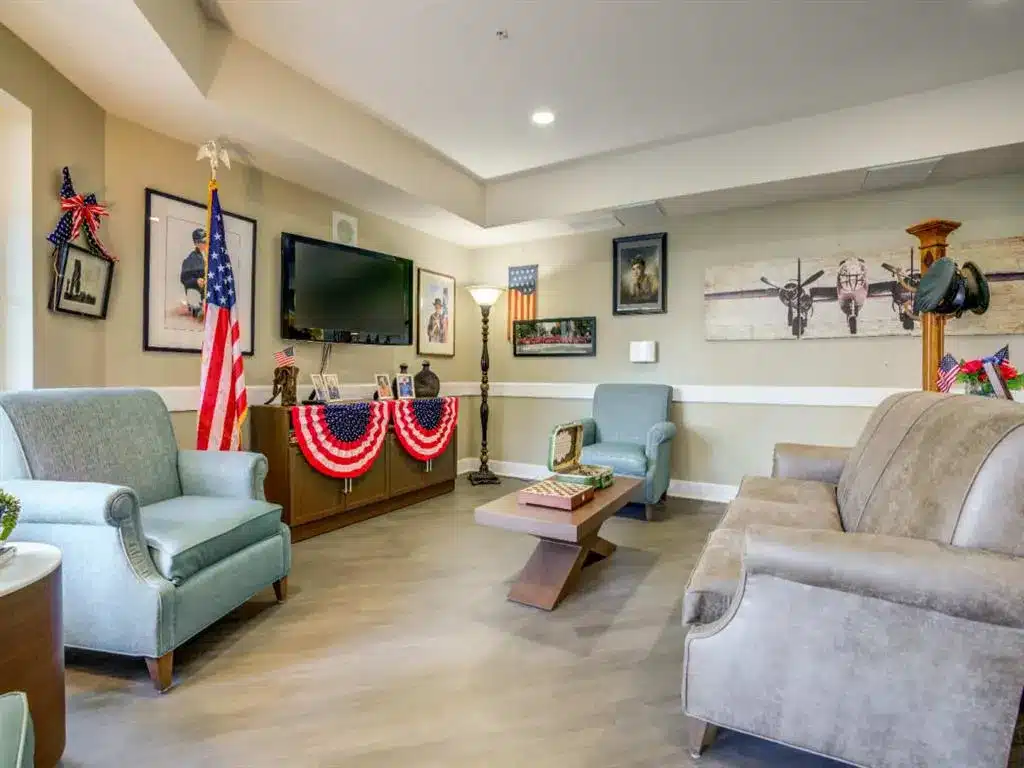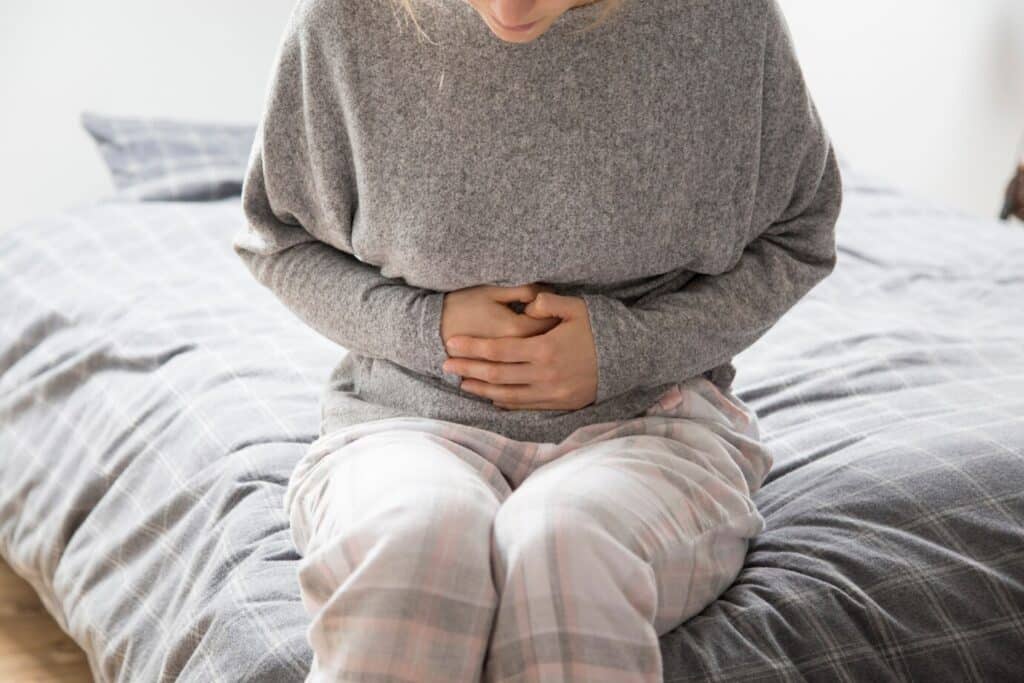It’s funny how you might’ve just seen a beautiful assisted living space at Westmont of Fresno that made you think about comfort and style in a whole new way. When designing a living room for seniors, you’ll find that thoughtful layouts can greatly enhance both mobility and aesthetics. From choosing the right furniture to incorporating personal touches, every detail counts in creating an inviting atmosphere. But what are the key elements that truly make a space feel like home? Let’s explore some ideas that could transform a standard room at Westmont of Fresno into a haven of comfort and style.
Assisted Living Room Layouts
When designing assisted living room layouts, it’s vital to contemplate how every square foot can enhance comfort and accessibility for residents. Imagine creating a space that feels like home, where each element serves a purpose.
Start by considering open floor plans that allow for easy navigation. Clear pathways should lead to essential areas without obstacles, promoting safety and independence.
Incorporate furniture that balances style with functionality. Choose multi-functional pieces like sofas with storage or adjustable tables that cater to different needs. Opt for light, calming colors to create an inviting atmosphere, while personal touches—like family photos or cherished artwork—foster a sense of belonging.
Don’t forget about natural light; large windows can brighten the space, making it feel warm and welcoming. Add cozy corners with comfortable seating for socializing or reading, and make certain there are grab bars in strategic locations for added safety. Additionally, integrating health and wellness programs can promote an active and engaging lifestyle for residents.

Assisted Living Facilities Floor Plans
A variety of floor plans for assisted living facilities cater to the diverse needs of residents, ensuring comfort and accessibility are at the forefront.
When considering these layouts, you’ll find options that prioritize safety and promote social interaction. Here are some features to look out for:
- Open Spaces: Layouts designed to encourage movement and ease of access.
- Private and Shared Rooms: Options that foster companionship or privacy, depending on what your loved one prefers.
- Kitchenette Accessibility: Convenient cooking areas that support independence while ensuring safety.
- Community Areas: Spaces for gathering, engaging in activities, and building friendships.
These thoughtful designs enhance daily living and create an inviting atmosphere. Additionally, personalized care plans are often integrated into these layouts to cater to individual resident needs.
By focusing on the specific needs of residents, the right floor plan can greatly improve their quality of life.
Whether it’s ample lighting, easy-to-navigate pathways, or communal areas for socializing, every detail matters.
Choosing the perfect assisted living facility floor plan means embracing a lifestyle that promotes not only comfort but also dignity and joy in everyday experiences.

Best Furniture for Senior Living
Choosing the right floor plan in assisted living sets the stage for comfort, but selecting the best furniture is equally important. You’ll want to choose pieces that blend functionality with style, ensuring safety without sacrificing aesthetics.
Start with ergonomic chairs and sofas that provide ample support and are easy to get in and out of. Look for options with firm cushions and armrests to assist in standing up.
Consider multi-functional furniture, such as ottomans that can double as storage, or side tables with built-in charging ports for convenience. A sturdy dining table can foster social interaction, while lightweight, movable furniture allows for easy reconfiguration of spaces.
Incorporate soft, non-slip rugs to define areas while reducing fall risks. Use bright, cheerful colors and patterns that uplift the mood and personalize the space. Additionally, ensure that your furniture layout accommodates mobility needs to promote safety and ease of movement throughout the living space.
Finally, don’t overlook the importance of good lighting—select lamps with adjustable brightness to create a warm, inviting atmosphere. By thoughtfully curating your furniture choices, you can create a welcoming environment that promotes comfort and enhances the quality of life for residents.
As you envision your ideal assisted living room at Westmont of Fresno, imagine a space where every corner radiates warmth and comfort. Don’t worry about sacrificing style for functionality; those multi-functional furniture pieces blend seamlessly into your design, creating an inviting, practical environment. Picture soft light filtering through large windows, illuminating cherished family photos on the walls. This isn’t just a room; it’s a vibrant community hub where laughter and connection flourish, enhancing the quality of life you deserve. For more information, please call us at 559-446-1266.
How Do The Costs Of Moving Into A Quality Senior Care Community Compare With The Costs Of Staying At Home?Compare The Costs of Senior Living vs Staying at Home
Questions on Assisted Living Facilities
What is a feature of most assisted living spaces?
Most assisted living spaces include private or semi-private apartments designed to balance independence with access to care. Common features include safety modifications, housekeeping services, and proximity to communal areas for dining and social activities.
What is a disadvantage of an assisted living facility?
One potential disadvantage is the cost, as assisted living can be expensive and is typically not covered by most insurance plans. Additionally, some individuals may feel a loss of independence compared to living at home.
Does Medicare pay for room and board in assisted living?
No, Medicare does not cover room and board costs in assisted living facilities. However, it may cover certain medical services provided within these settings, such as skilled nursing care or therapy.
What not to serve at an assisted living facility?
Foods that are difficult to chew or swallow, highly processed items, and meals high in sodium or sugar should generally be avoided. Facilities typically tailor menus to residents’ dietary needs, emphasizing balanced, nutritious options that promote health and well-being.








